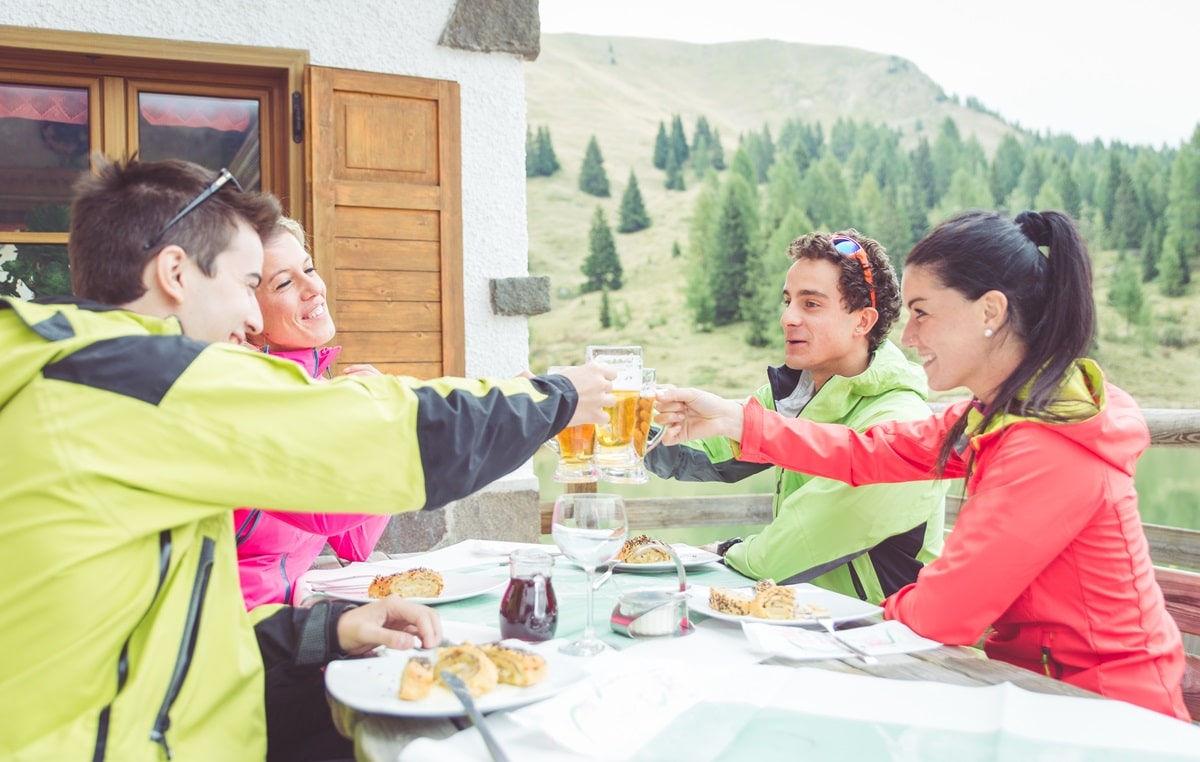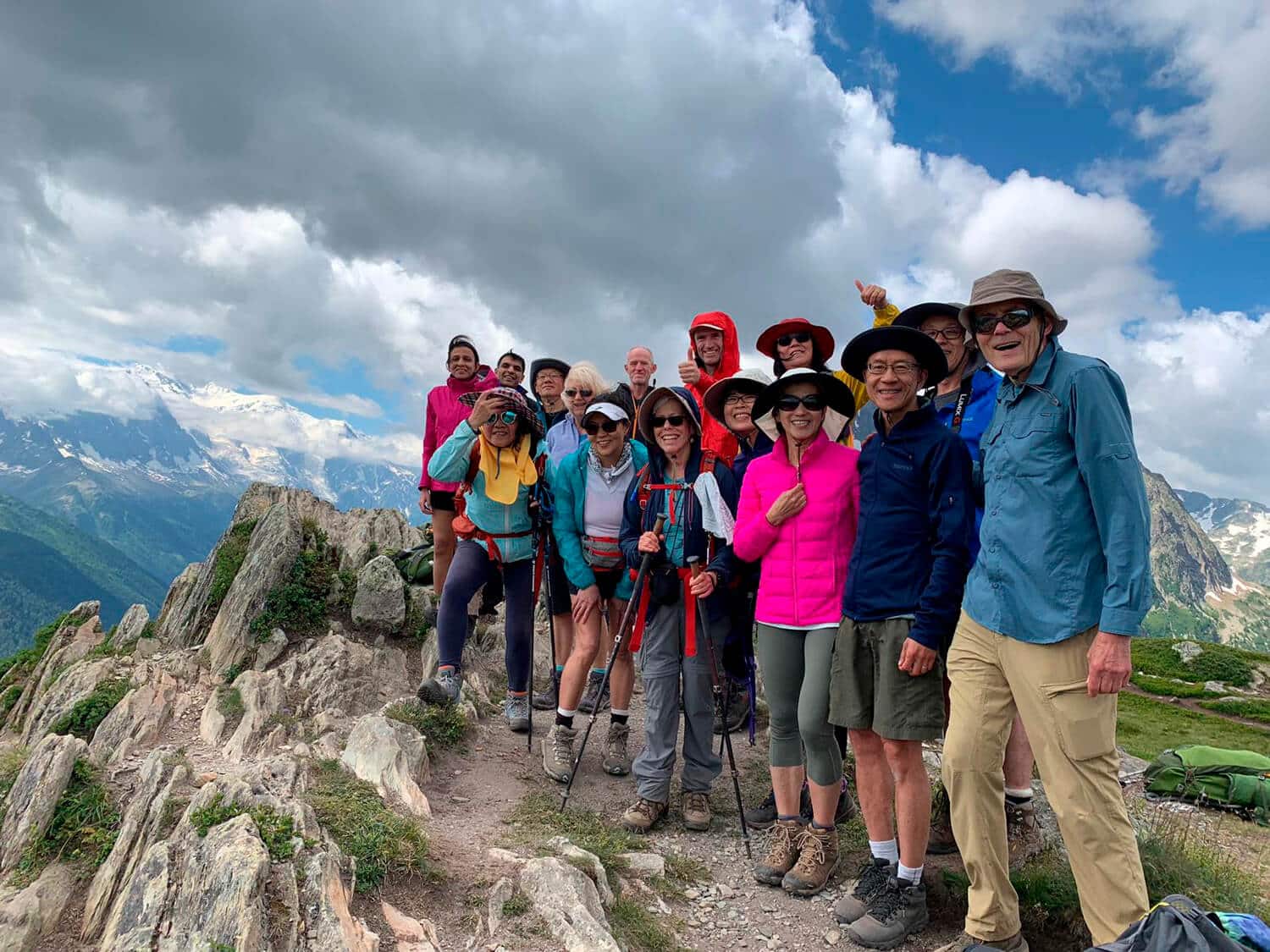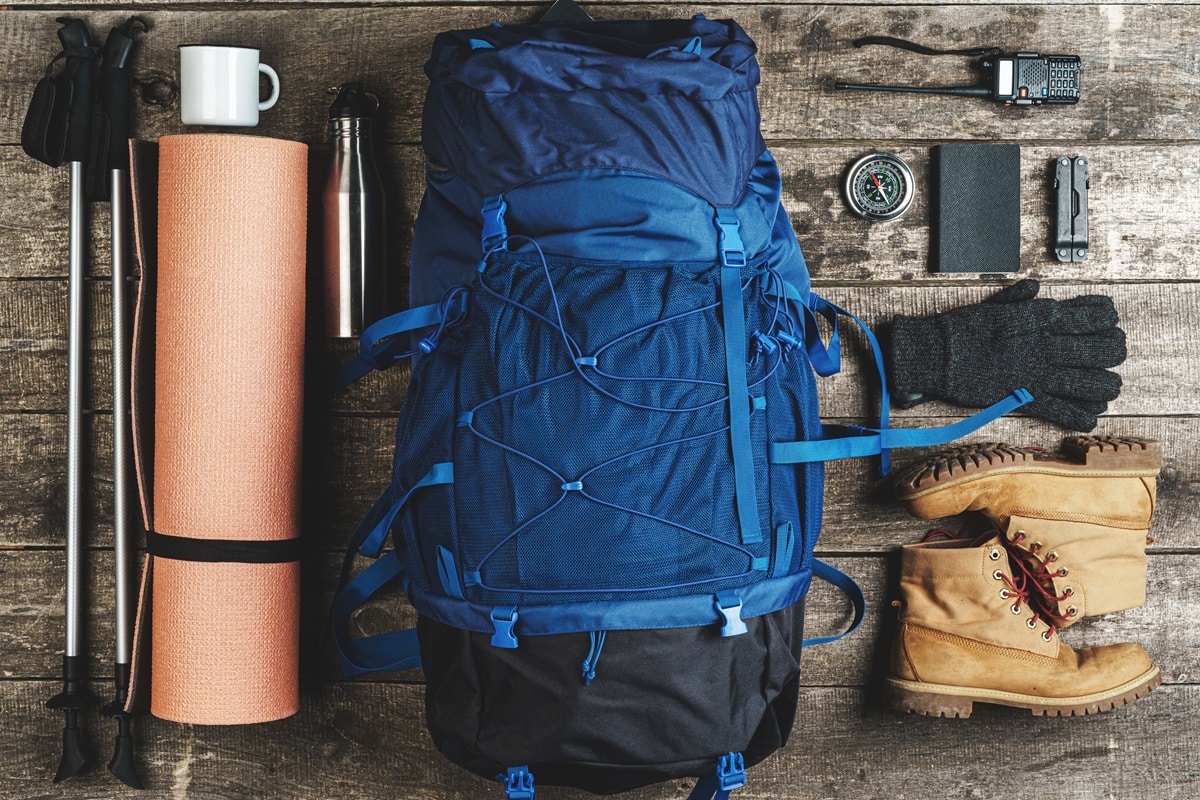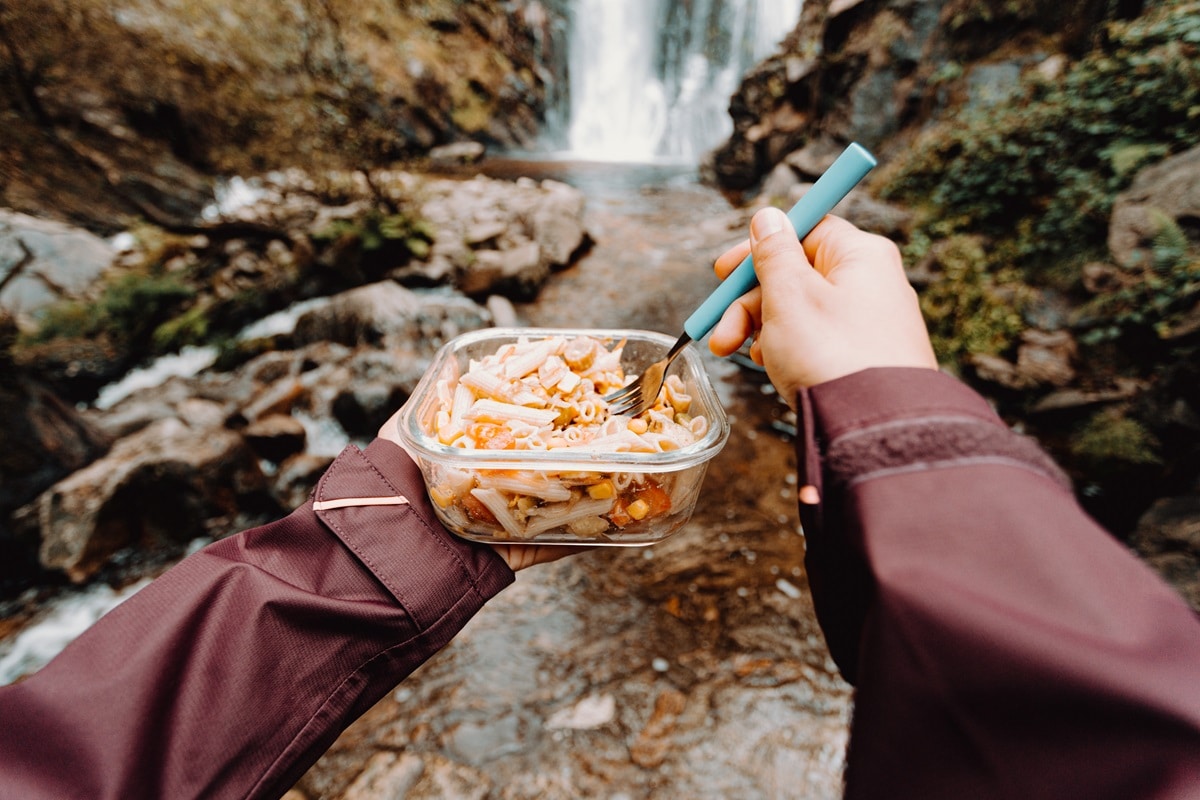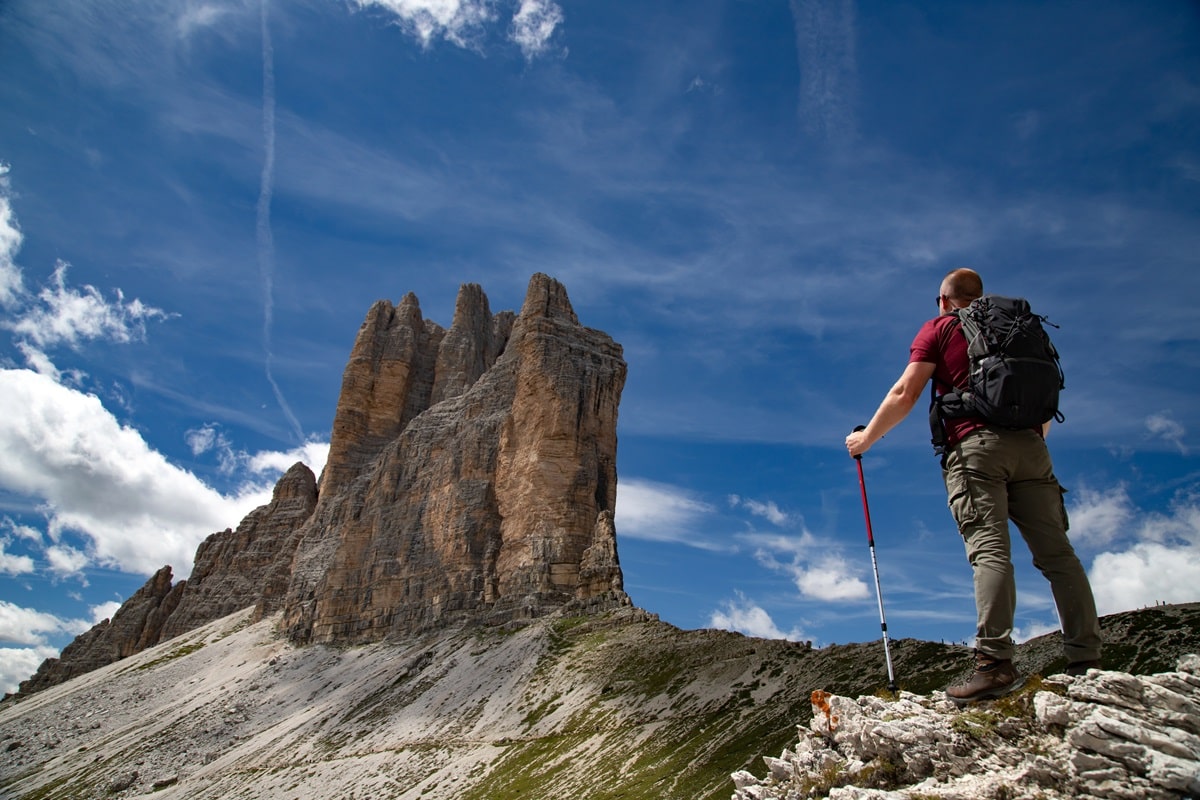What Are the Food Options Along the Dolomites Guided Traverse Trail?
What Types of Meals Can You Expect During the Hike?
When embarking on the Dolomites Guided Traverse trail, you can anticipate a variety of meal options designed to keep you nourished and energised throughout your journey. The mountain huts, or rifugios, along the trail offer a range of meals, from hearty breakfasts to satisfying dinners. These meals are crafted to provide the necessary sustenance for a day of hiking in the mountains.
How Do the Food Options Enhance the Hiking Experience?
The food options along the Dolomites Guided Traverse trail significantly enhance the overall hiking experience. Enjoying local cuisine and traditional dishes not only provides the energy needed for the hike but also offers a taste of the region’s cultural heritage. The communal dining experience in the rifugios fosters a sense of camaraderie among hikers, making meal times a memorable part of the journey.
Why Is It Important to Know About Food Options in Advance?
Knowing about the food options in advance is crucial for several reasons. It allows you to plan your meals and ensure that your dietary needs are met. Understanding what to expect can help you pack appropriately, whether you need to bring additional snacks or specific dietary supplements. Additionally, being aware of meal times and reservation requirements helps in organising your daily hiking schedule.
What Will This Guide Cover About Food Options Along the Trail?
This guide will provide comprehensive information about the food options available along the Dolomites Guided Traverse trail. It will cover the types of meals provided at the rifugios, including breakfast, lunch, and dinner. The guide will also discuss local cuisine, dietary accommodations, the quality and variety of food, and practical tips for hikers. By the end of this guide, you will have a clear understanding of what to expect and how to make the most of your culinary experience on the trail.
Local Cuisine: What Traditional Dishes Can You Enjoy?
Must-Try Local Dishes
When hiking the Dolomites Guided Traverse trail, you’ll encounter a delightful array of local dishes that reflect the region’s rich culinary heritage. Some must-try dishes include:
- Canederli: These are bread dumplings often served in broth or with melted butter and cheese.
- Speck: A type of smoked ham that is a staple in the region.
- Polenta: A versatile dish made from cornmeal, often served with meat or cheese.
- Strudel: A pastry filled with apples, raisins, and spices, perfect for a sweet treat.
Regional Cuisine and Culture
The cuisine along the Dolomites trail is a fascinating blend of Italian, German, and Ladin influences. This mix is a testament to the region’s diverse cultural history. You’ll find hearty dishes that are perfect for refuelling after a long day of hiking, with ingredients that are locally sourced and seasonally fresh.
Unique Ingredients and Cooking Methods
The Dolomites’ cuisine often features unique ingredients such as wild game, mountain herbs, and fresh dairy products. Traditional cooking methods, like slow-cooking and smoking, are commonly used to enhance the flavours of the dishes. These methods not only preserve the food but also add a distinct taste that is characteristic of the region.
Rifugios vs. Local Restaurants
Meals at the rifugios (mountain huts) are designed to be both nourishing and comforting. While the offerings at rifugios are typically simpler than those at local restaurants, they are no less delicious. Rifugios focus on providing hearty, home-cooked meals that cater to the needs of hikers. In contrast, local restaurants may offer a broader menu with more elaborate dishes, allowing you to experience the full spectrum of the region’s culinary delights.
Meal Plans: What Are the Typical Meal Times and Offerings?
Standard Meal Times at the Rifugios
When hiking the Dolomites Guided Traverse trail, you will find that meal times at the rifugios are structured to accommodate the needs of hikers. Breakfast is typically served early in the morning, around 7:00 to 8:00 AM, allowing you to start your day with a hearty meal. Dinner is usually served in the evening, from 6:30 to 8:00 PM, providing a satisfying end to a day of trekking.
Types of Meals Provided
Breakfast
Breakfast at the rifugios is designed to fuel your day of hiking. You can expect a variety of options, including:
- Cereal and Milk
- Bread and Jam
- Yoghourt and Cheeses
- Cold Meats and Eggs
- Pastries
Lunch
For lunch, many rifugios offer packed lunches that you can take with you on your hike. These typically include:
- Sandwiches
- Fruit
- Energy Bars
- Bottled Water
Alternatively, you can purchase supplies from local bakeries or supermarkets before setting out.
Dinner
Dinner at the rifugios is a more substantial affair, often consisting of a three-course meal:
- Soup or Salad: A light starter to warm you up.
- Main Course: Typically includes pasta, meat, or a vegetarian option.
- Dessert or Cheese: A sweet treat or a selection of local cheeses to finish the meal.
Availability of Packed Lunches
Packed lunches are a convenient option for hikers who prefer to keep moving during the day. Most rifugios offer these, and they can be pre-ordered the night before. This ensures you have a nutritious meal ready to go without needing to stop at a hut for lunch.
Variations Between Rifugios
While the general structure of meal plans is consistent, there can be variations between different rifugios. Some may offer additional amenities such as saunas or breweries, which can enhance your dining experience. It’s always a good idea to check the specific offerings of each rifugio when planning your hike.
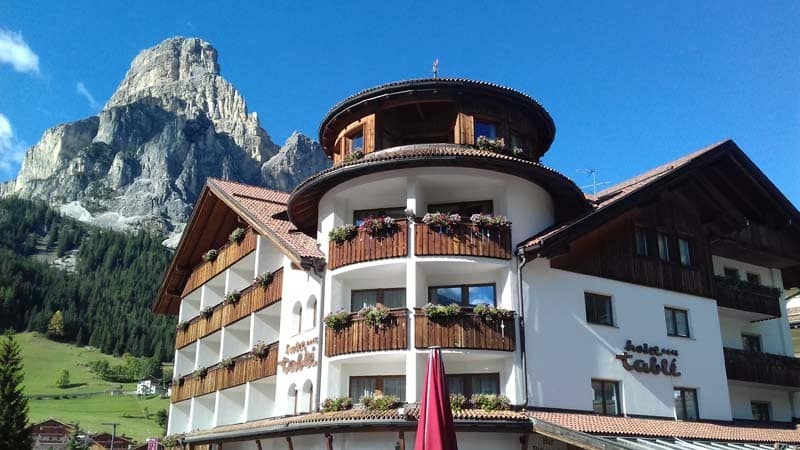
Dietary Accommodations: How Are Special Dietary Needs Catered For?
Options for Vegetarians and Vegans
When hiking the Dolomites Guided Traverse trail, you will find that many rifugios are well-prepared to cater to vegetarians and vegans. Typical vegetarian options include pasta dishes, vegetable soups, and salads. Vegan choices might be more limited but can often be arranged with prior notice. It’s always a good idea to inform the rifugios of your dietary preferences when making your reservations to ensure they can accommodate your needs.
Informing Rifugios of Food Allergies or Dietary Restrictions
To ensure your dietary requirements are met, it’s essential to communicate any food allergies or restrictions to the rifugios in advance. When booking your stay, mention your specific needs clearly. This allows the staff to prepare suitable meals and avoid any ingredients that could cause an allergic reaction. It’s also helpful to carry a card with your dietary restrictions written in Italian, German, and Ladin, the local languages, to avoid any misunderstandings.
Availability of Gluten-Free or Lactose-Free Meals
Gluten-free and lactose-free meals are increasingly available at many rifugios. However, the availability can vary, so it’s crucial to notify the rifugios ahead of time. Gluten-free options might include rice-based dishes, polenta, and gluten-free bread, while lactose-free meals can feature dairy-free alternatives and lactose-free products. Bringing some of your own gluten-free or lactose-free snacks can also be a good backup plan.
Flexibility in Accommodating Special Dietary Requests
Rifugios along the Dolomites trail are generally flexible and willing to accommodate special dietary requests, provided they are informed in advance. The staff is accustomed to catering to a diverse group of hikers and understands the importance of meeting dietary needs. While the options might not be as extensive as in urban restaurants, the effort to provide suitable meals is commendable. Always communicate your requirements clearly and check in with the staff upon arrival to confirm your meal plans.
Quality and Variety: What Is the Quality and Variety of Food Like?
Quality of Food at the Rifugios
The quality of food served at the rifugios along the Dolomites Guided Traverse trail is generally high, reflecting the region’s rich culinary traditions. Meals are prepared with fresh, locally sourced ingredients, ensuring that hikers receive nutritious and flavorful dishes. The emphasis is on hearty, home-cooked meals that provide the necessary energy for a day of hiking. Many hikers find the food to be a comforting and enjoyable part of their journey, often exceeding their expectations.
Variety of Dishes
Hikers can expect a diverse range of dishes during their journey. Breakfast typically includes a selection of cereals, milk, bread, jam, yoghourt, cheeses, cold meats, eggs, and pastries. For lunch, packed options such as sandwiches, fruit, and energy bars are available, allowing hikers to continue their trek without interruption. Dinner is a more elaborate affair, often featuring a three-course meal with soup or salad, a main course (such as pasta, meat, or a vegetarian option), and dessert or cheese.
Standout Rifugios Known for Exceptional Food
Certain rifugios are renowned for their exceptional food offerings. For instance, Rifugio Lagazuoi is well-regarded for its delicious meals and stunning views. Rifugio Croda da Lago is another favourite, known for its welcoming atmosphere and high-quality cuisine. These rifugios often become highlights of the hiking experience, providing memorable dining moments that complement the natural beauty of the Dolomites.
Hiker Ratings of the Food Experience
Hikers generally rate the food experience along the Dolomites trail very positively. The combination of nourishing meals, local flavours, and the unique setting of the rifugios creates a dining experience that is both satisfying and memorable. Many hikers appreciate the effort put into accommodating dietary needs and the variety of dishes available. The food at the rifugios not only sustains hikers but also enhances their overall enjoyment of the trail.
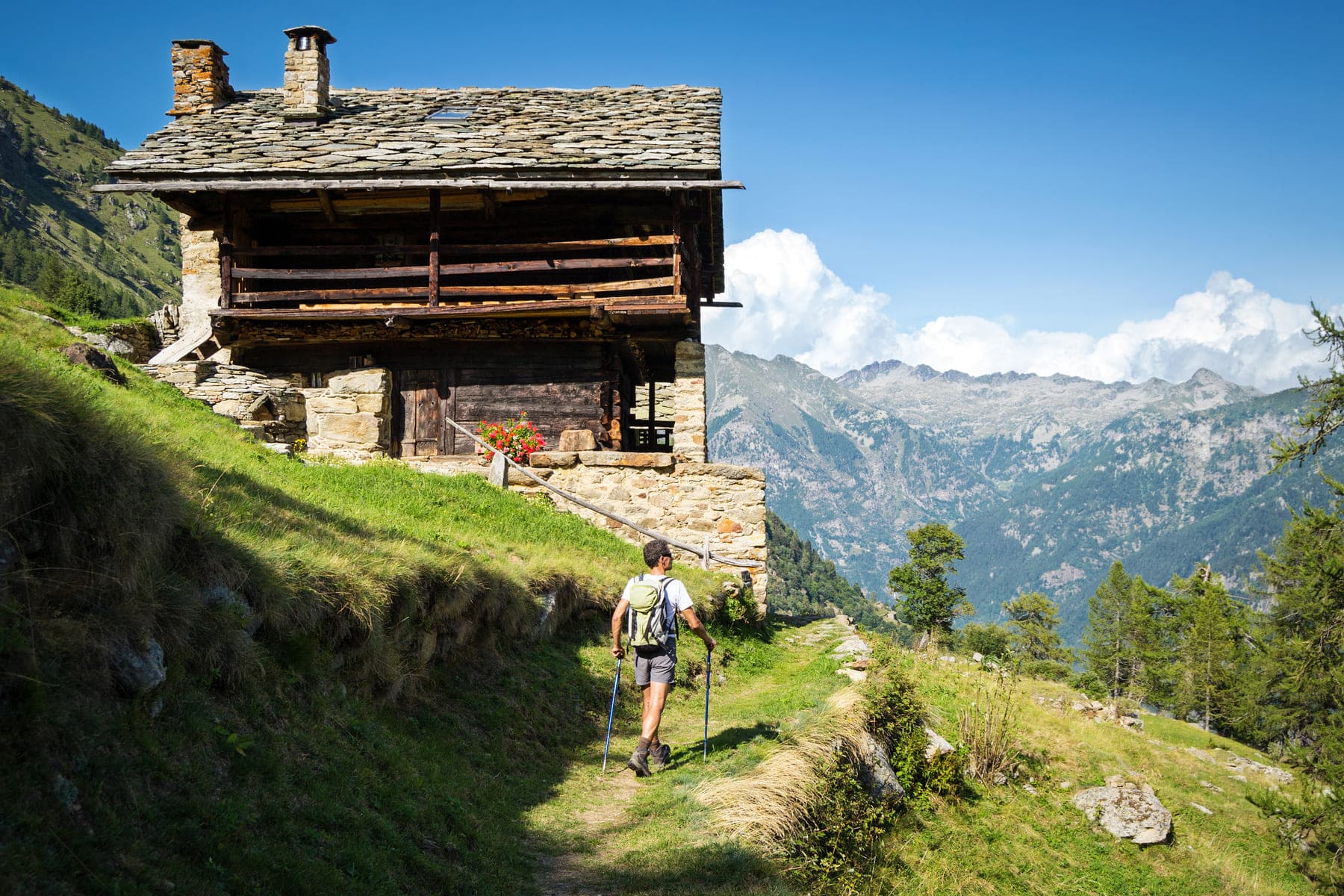
Sustainability and Eco-Friendly Practices: How Are Rifugios Promoting Sustainability?
Eco-Friendly Practices at the Rifugios
Rifugios along the Dolomites Guided Traverse trail are committed to promoting sustainability through various eco-friendly practices. These mountain huts often implement measures to minimise their environmental impact, such as using renewable energy sources like solar panels and hydroelectric power. Additionally, many rifugios have installed energy-efficient lighting and heating systems to reduce their carbon footprint.
Sustainable Sourcing of Ingredients
The rifugios take pride in sourcing their ingredients sustainably. This often involves purchasing locally produced food items, which not only supports the local economy but also reduces the environmental impact associated with long-distance transportation. Seasonal ingredients are preferred, ensuring that the meals are fresh and environmentally friendly. By focusing on local and seasonal produce, the rifugios can offer hikers a taste of the region’s authentic flavours while promoting sustainable practices.
Initiatives to Reduce Food Waste
Reducing food waste is a key priority for many rifugios. They employ various strategies to achieve this goal, such as careful meal planning and portion control to ensure that food is not wasted. Leftover food is often repurposed into new dishes, minimising waste and making the most of available resources. Some rifugios also participate in composting programmes, turning organic waste into valuable compost for local farms and gardens.
How Hikers Can Contribute to Sustainable Practices
Hikers can play a significant role in supporting the sustainability efforts of the rifugios. Here are a few ways you can contribute:
- Bring Reusable Containers: Use reusable water bottles and food containers to reduce plastic waste.
- Minimise Waste: Be mindful of portion sizes and avoid taking more food than you can eat.
- Dispose of Waste Properly: Follow the rifugios’ guidelines for waste disposal and recycling.
- Support Local Products: Purchase local products and ingredients to support the regional economy and reduce the environmental impact of transportation.
By adopting these practices, hikers can help ensure that the natural beauty of the Dolomites is preserved for future generations to enjoy.
Practical Tips: What Should You Pack for Meals and Snacks?
Essential Items for Meals and Snacks
When preparing for the Dolomites Guided Traverse trail, packing the right items for meals and snacks is crucial. Here are some essentials to consider:
- Reusable Water Bottles: Staying hydrated is vital, so bring sturdy, reusable bottles.
- Energy Bars and Nuts: These provide quick, convenient energy boosts during your hike.
- Sandwiches and Fruit: Ideal for packed lunches, offering a balance of carbohydrates and vitamins.
- Lightweight Cooking Gear: If you plan to prepare your own meals, compact cooking equipment can be useful.
- Reusable Containers: For storing leftovers or carrying snacks without generating waste.
Staying Hydrated and Nourished
Hydration and nutrition are key to a successful hike. Drink water regularly to avoid dehydration, especially at higher altitudes. Carry a mix of carbohydrates, proteins, and fats to maintain energy levels throughout the day. Fresh fruit, nuts, and energy bars are excellent choices for on-the-go nourishment.
Local Markets and Shops for Additional Supplies
Along the trail, you may find local markets and shops where you can purchase additional supplies. These markets often offer fresh produce, local cheeses, and other regional specialties. Stocking up on these items can enhance your culinary experience and provide a taste of the local culture.
Managing Food and Water During Multi-Day Hikes
For multi-day hikes, planning your food and water management is essential. Here are some tips:
- Plan Ahead: Know where the rifugios are located and their meal offerings.
- Refill Water Bottles: Take advantage of potable water sources at the rifugios.
- Pack Light: Carry only what you need for the day to keep your backpack manageable.
- Balance Meals: Ensure each meal includes a mix of nutrients to keep you energised.
By following these practical tips, you can ensure that your meals and snacks are well-managed, keeping you nourished and hydrated throughout your journey on the Dolomites Guided Traverse trail.
Final Thoughts: How to Make the Most of Your Culinary Experience?
Key Takeaways for Enjoying Food Along the Trail
Embarking on the Dolomites Guided Traverse trail offers not just breathtaking views but also a culinary journey. The key to enjoying food along the trail is to embrace the local cuisine and savour the unique dishes available at the rifugios. Each meal is an opportunity to experience the region’s rich culinary heritage, from hearty breakfasts to satisfying dinners.
Balancing Nutrition and Enjoyment During the Hike
Balancing nutrition and enjoyment is essential for a successful hike. Ensure that your meals provide a mix of carbohydrates, proteins, and fats to keep your energy levels stable. While it’s important to eat healthily, don’t miss out on the chance to indulge in local specialties. Enjoying a well-prepared meal at the end of a long day can be one of the highlights of your journey.
Memorable Food Experiences Shared by Other Hikers
Many hikers have shared memorable food experiences from their time on the trail. Stories often include the delight of tasting freshly made polenta at a mountain hut or the surprise of finding a perfectly brewed local beer at a rifugio. These shared experiences highlight the communal aspect of dining in the mountains, where meals become a time to connect with fellow hikers and share stories of the day’s adventures.
Enhancing the Overall Adventure Through Culinary Experiences
The culinary experiences along the Dolomites trail significantly enhance the overall adventure. Each meal is a chance to rest, refuel, and reflect on the day’s hike. The variety of dishes and the quality of the food add to the enjoyment of the journey, making the Dolomites Guided Traverse not just a physical challenge but a feast for the senses. The combination of stunning landscapes and delicious meals creates a truly unforgettable hiking experience.
